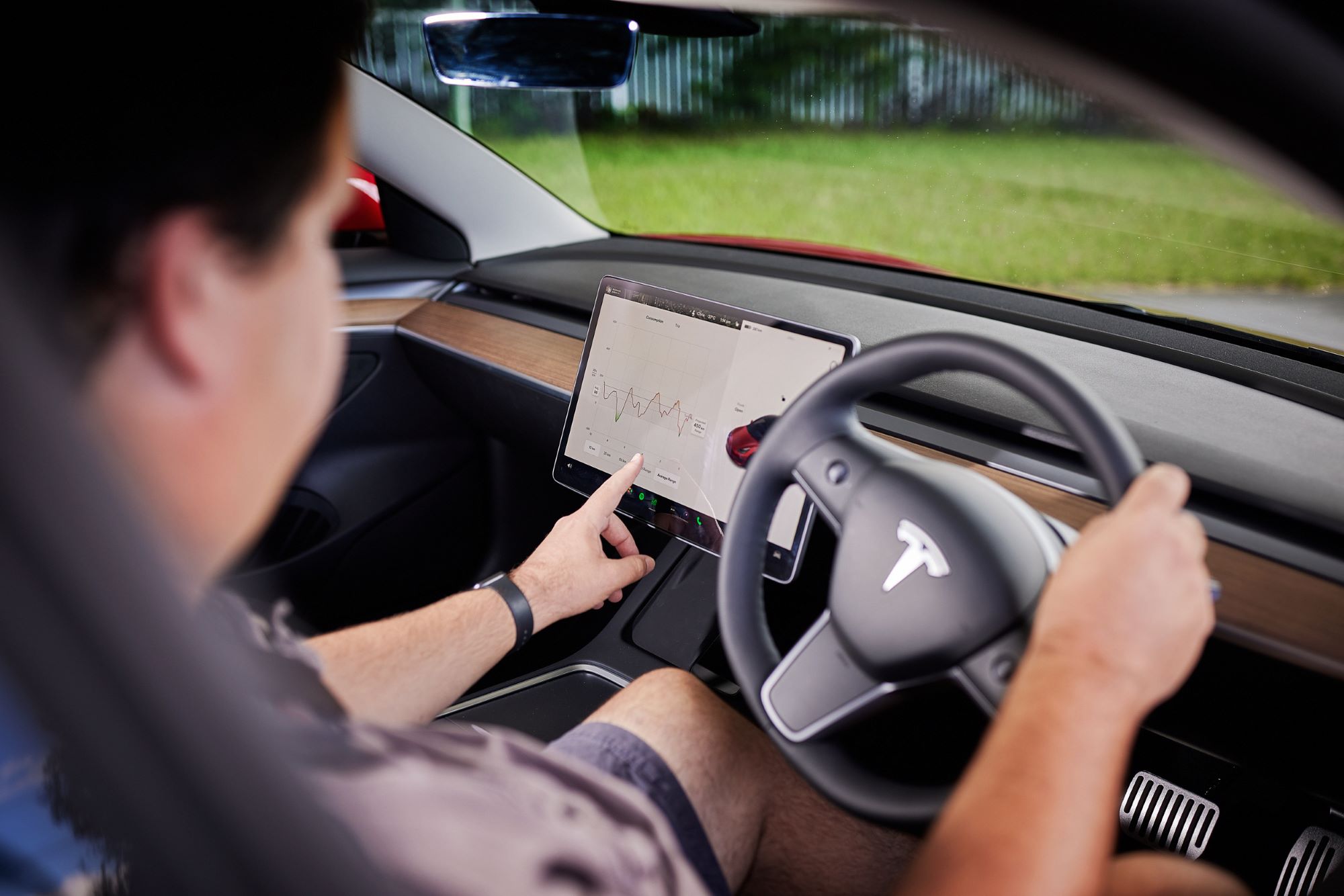EV driving range
You may have heard the term ‘range anxiety’. This is the fear of running out of battery charge in your EV before you have a chance to charge it. It’s important to remember that the average daily distance travelled by passenger vehicles in Queensland is typically around 40km/day, depending on whether an EV owner does their typical daily commute in South East Queensland or regional Queensland1.
EV owners typically report that once they created good charging habits, they were rarely concerned about their battery going flat.
The driving range of EVs currently available in Australia tends to improve with each new model release, and the range of many EVs is approaching that provided by a petrol vehicle.
Ranges of available EVs
The approximate driving range of EVs available in Australia can be found on the Electric Vehicle Council and other websites. We are a member of the Electric Vehicle Council via our parent company Energy Queensland.
Be aware that there is more than one method for measuring range, with varying outcomes, and ensure you’re comparing ranges calculated by the same method.
Factors that reduce EV range
The distance your EV can travel before needing to be charged will be shortened by:
- Aggressive driving and driving at higher speeds
- In car feature use including:
- heating including heated seats
- air conditioning
- demister
- satellite navigation
- windscreen wipers
- Long mountain climbs
- Highway driving, due to the reduction in regenerative braking2, which directs energy normally lost through braking back into the battery
- Strong headwinds
- Extra weight (e.g. passengers and/or luggage)
- General battery degradation.
Battery degradation
EV batteries slowly degrade (lose capacity), at the rate of around 1.8% per year3. That means that after five years of regular use, an EVs battery range will drop to about 90% of the original range.
After that, you may notice that you have to charge slightly more often, and it takes longer to charge to 100% full. However, EV efficiency is always improving and batteries in some models degrade more slowly than others.
Most car manufacturers guarantee their batteries’ performance for eight years, allowing for normal degradation.
EV batteries need to be replaced eventually, but if you buy a new EV and keep it for the typical 5-10 years, it’s unlikely you’ll need to replace the battery at your own cost outside of the battery warranty period.
Technology updates
Some EVs can have their software and firmware updated ‘over the air’, or remotely by the manufacturer without you having to take it to a workshop or even pay anything. Some updates may just provide more entertainment options, but many will enhance the safety and the performance, including the range of the EV.
Footnotes
- Source: Our Electric Vehicle SmartCharge Queensland Insights Report (PDF 19.4 mb)
- Source: EV central
- Source: GEOTAB - EV battery health

